#space ray
Text
Do You Love the Color of the Sun?

Get dazzled by the true spectrum of solar beauty. From fiery reds to cool blues, explore the vibrant hues of the Sun in a mesmerizing color order. The images used to make this gradient come from our Solar Dynamics Observatory. Taken in a variety of wavelengths, they give scientists a wealth of data about the Sun.
Don't miss the total solar eclipse crossing North America on April 8, 2024. (It's the last one for 20 years!) Set a reminder to watch with us.
35K notes
·
View notes
Text


3K notes
·
View notes
Text

Alien bars tend to be reasonably friendly. But this Space Crowd Saturday, we have a more lively example of the genre with Keith Parkinson's 1994 cover to Harry Harrison's anthology Galactic Dreams.
821 notes
·
View notes
Text
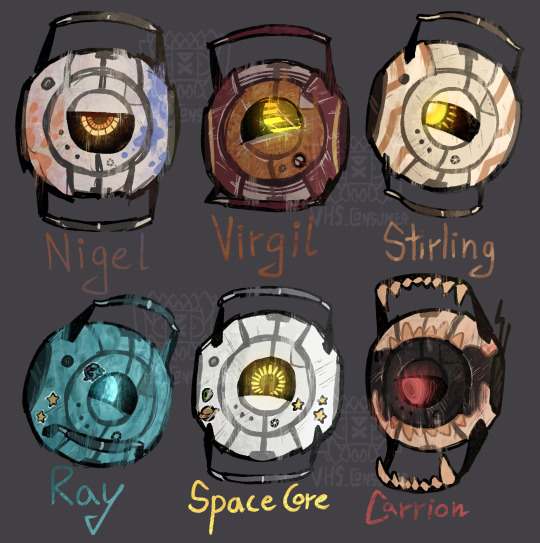
i fuvkin love robots
Feeling bad for Stirling ngl, they were so mean to him :(( he just wanted to rebuild his home man, I would never betray this little guy
also gave my guy a name, meet Carrion the bone core, they can definitely be trusted with humans, trust me!
#art#artwork#artists on tumblr#digital art#digital artwork#digital artist#digital drawing#my art#portal cores#portal 2#portal fanart#portal oc#portal oc carrion#meet the cores#ray meet the cores#portal space core#stirling portal revolution#portal stirling#portal virgil#aperture tag nigel#portal stories: mel#portal revolution#aperture tag#VHSoc: Carrion
530 notes
·
View notes
Text

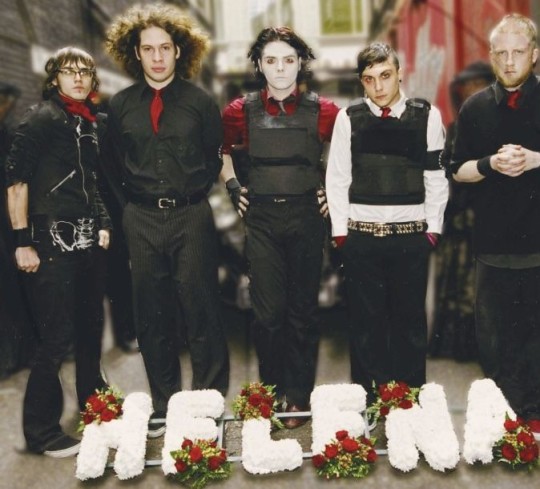
#helena mcr#mcr#my chemical romance#gerard way#alternative rock#music#pop punk#rock#gerard mcr#my chemical gerard#frank iero#mikey mcr#my chemical mikey#my space#emo#mikey fucking way#my chemical ray#my chemical memes#my chemical frank#my chemical fucking romance#three cheers for sweet revenge#sweet revenge#black parade#my chem gee#mcr mikey#mcr gee#mcr5#mcr gerard#gway#my chem frank
784 notes
·
View notes
Photo

Day 25 - Space
#space#stars#ocean#aquarium#tunnel#sea creatures#shark#fish#manta ray#sunfish#digital art#artists on tumblr#artober#artober 2022#ellodraws#yes i'm still going#i will finish
4K notes
·
View notes
Text
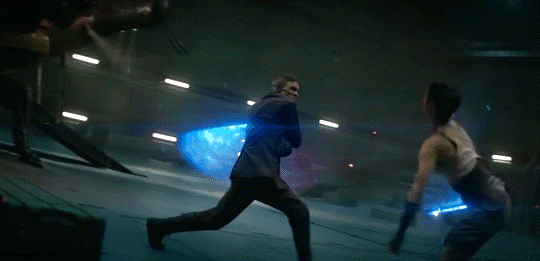
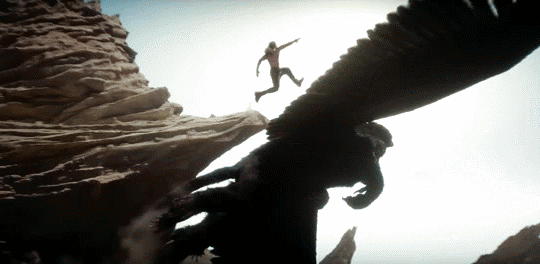








Rebel Moon (2023-2024)
#Rebel Moon#Zack Snyder#cinema#Sofia Boutella#Ed Skrein#Djimon Hounsou#Doona Bae#Charlie Hunnam#Michiel Huisman#Ray Fisher#Anthony Hopkins#Staz Nair#E. Duffy#Jena Malone#Cleopatra Coleman#Fra Fee#sci fi#space opera#badass#action#Star Wars#Seven Samurai#2023#olvagif
878 notes
·
View notes
Text

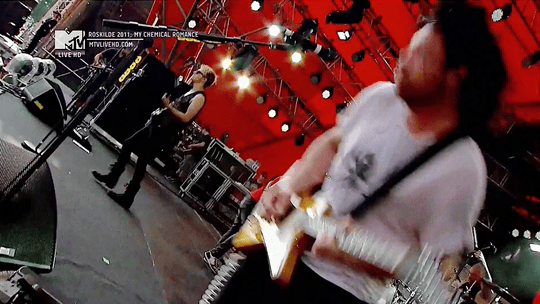
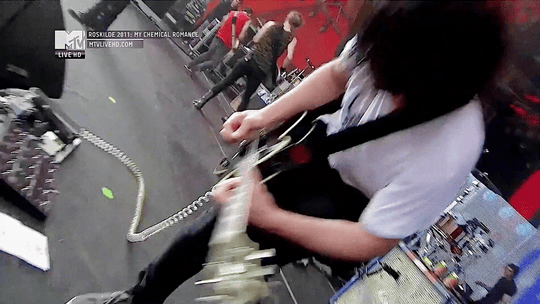

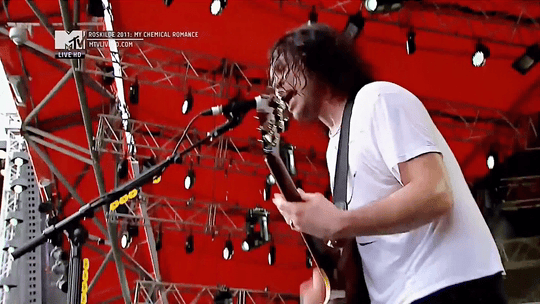
Ray Toro - Roskilde Festival, Denmark - 03/07/2011
#roskilde goes so fucking hard i have been in roskilde world for days#many many half made gifs taking up space on my hard drive rn :(#<- you should consider that a warning btw#ray toro#my chemical romance#mcr#my gifs
807 notes
·
View notes
Text



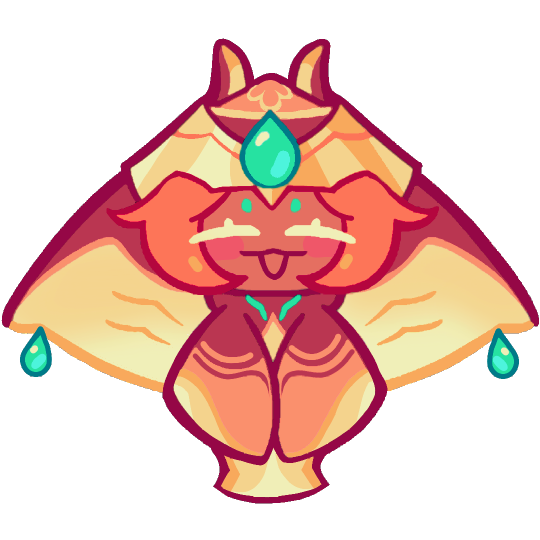



Part 1 of my cr edits!
#hmm i think i have enough to post a group per day of the week?#maybr it would give me time to finish my art break while still posting content! i start school again this week on wed... (´ー`)#cand posts#cand edits#cookie run#cookie run kingdom#cookie run ovenbreak#wizard cookie#strawberry cookie#space doughnut#mocha ray cookie#cocoa cookie#espresso cookie#madeleine cookie#i hav a total of 52 edits but i'll only be posting 49 to make it even!#cookie run edits#1st comedian
4K notes
·
View notes
Text
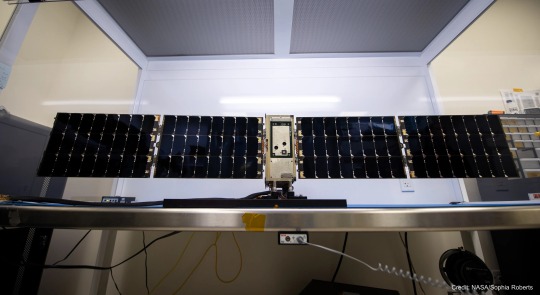
Tiny BurstCube's Tremendous Travelogue
Meet BurstCube! This shoebox-sized satellite is designed to study the most powerful explosions in the cosmos, called gamma-ray bursts. It detects gamma rays, the highest-energy form of light.
BurstCube may be small, but it had a huge journey to get to space.
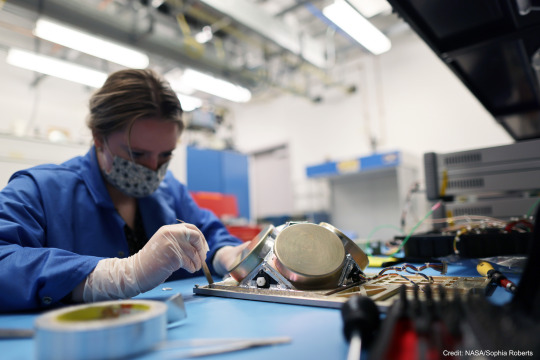
First, BurstCube was designed and built at NASA’s Goddard Space Flight Center in Greenbelt, Maryland. Here you can see Julie Cox, an early career engineer, working on BurstCube’s gamma-ray detecting instrument in the Small Satellite Lab at Goddard.
BurstCube is a type of spacecraft called a CubeSat. These tiny missions give early career engineers and scientists the chance to learn about mission development — as well as do cool science!
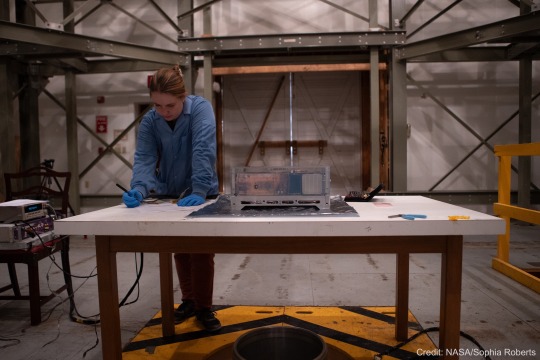
Then, after assembling the spacecraft, the BurstCube team took it on the road to conduct a bunch of tests to determine how it will operate in space. Here you can see another early career engineer, Kate Gasaway, working on BurstCube at NASA’s Wallops Flight Facility in Virginia.
She and other members of the team used a special facility there to map BurstCube’s magnetic field. This will help them know where the instrument is pointing when it’s in space.
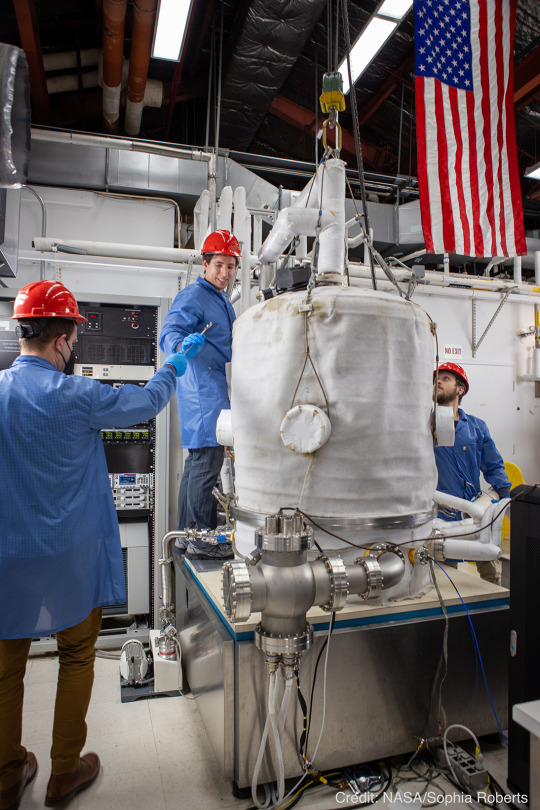
The next stop was back at Goddard, where the team put BurstCube in a vacuum chamber. You can see engineers Franklin Robinson, Elliot Schwartz, and Colton Cohill lowering the lid here. They changed the temperature inside so it was very hot and then very cold. This mimics the conditions BurstCube will experience in space as it orbits in and out of sunlight.
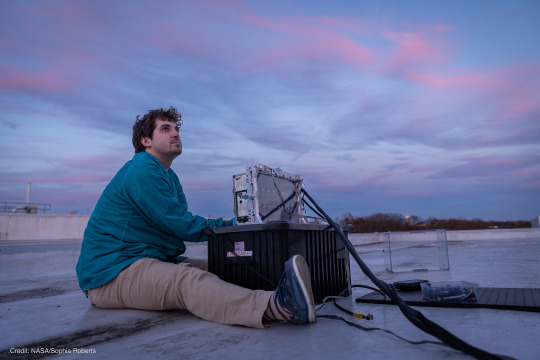
Then, up on a Goddard rooftop, the team — including early career engineer Justin Clavette — tested BurstCube’s GPS. This so-called open-sky test helps ensure the team can locate the satellite once it’s in orbit.
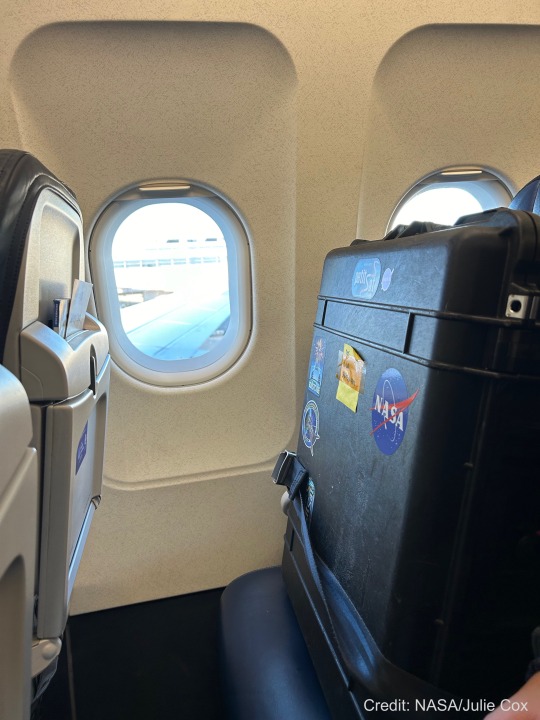
The next big step in BurstCube’s journey was a flight to Houston! The team packed it up in a special case and took it to the airport. Of course, BurstCube got the window seat!

Once in Texas, the BurstCube team joined their partners at Nanoracks (part of Voyager Space) to get their tiny spacecraft ready for launch. They loaded the satellite into a rectangular frame called a deployer, along with another small satellite called SNoOPI (Signals of Opportunity P-band Investigation). The deployer is used to push spacecraft into orbit from the International Space Station.
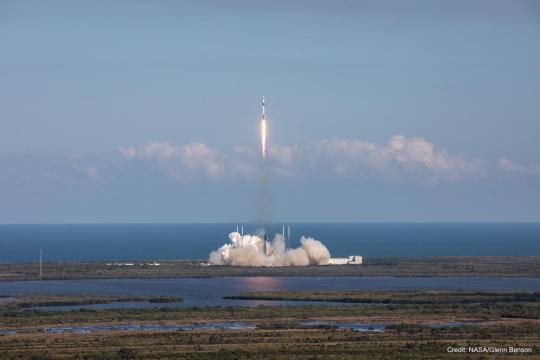
From Houston, BurstCube traveled to Cape Canaveral Space Force Station in Florida, where it launched on SpaceX’s 30th commercial resupply servicing mission on March 21, 2024. BurstCube traveled to the station along with some other small satellites, science experiments, as well as a supply of fresh fruit and coffee for the astronauts.
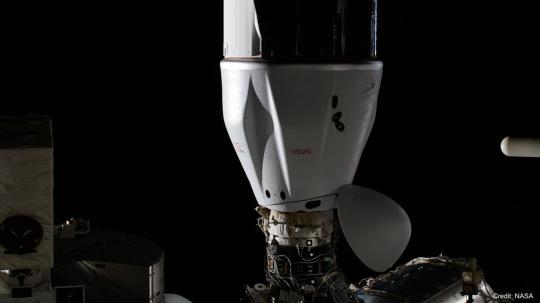
A few days later, the mission docked at the space station, and the astronauts aboard began unloading all the supplies, including BurstCube!
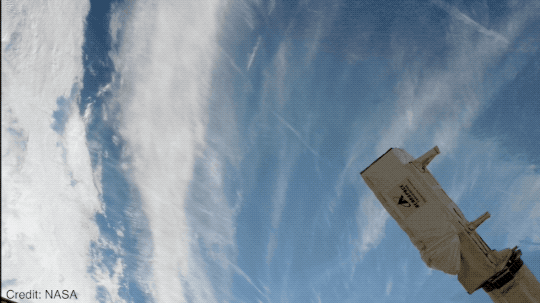
And finally, on April 18, 2024, BurstCube was released into orbit. The team will spend a month getting the satellite ready to search the skies for gamma-ray bursts. Then finally, after a long journey, this tiny satellite can embark on its big mission!
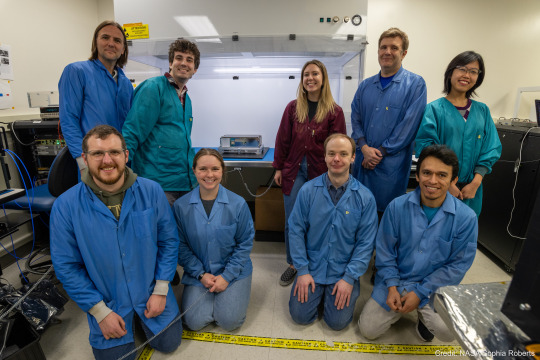
BurstCube wouldn’t be the spacecraft it is today without the input of many early career engineers and scientists. Are you interested in learning more about how you can participate in a mission like this one? There are opportunities for students in middle and high school as well as college!
Keep up on BurstCube’s journey with NASA Universe on X and Facebook. And make sure to follow us on Tumblr for your regular dose of space!
#tech#technology#dream job#jobseekers#NASA#space#spaceblr#universe#astronomy#science#gamma ray bursts#cubesat#smallsat#launch
529 notes
·
View notes
Text



























some MCR stamps i liked :3!!
credits to the respective authors on DeviantArt!
#mcr#my chemical romance#mcr stamps#stamps#mcr gifs#gerard way#frank iero#mikey way#ray toro#space hey#emo#my chemical romance stamps
214 notes
·
View notes
Text

Was prompted by my bestie to design a star cow and a sun sheep for her universe lore!!! 🌌☀️
#i almost went with a vanilla fluffy sheep design... but i thought it'd be clever to emulate sun rays#digital art#paint tool sai#lineart done with the Pen tool and blendy colors done with Water tool#character design#cows#sheep#outer space#space#fantasy#galaxy#stars#astronomy
392 notes
·
View notes
Text
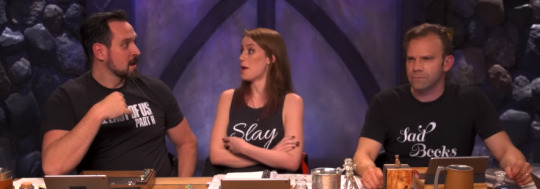
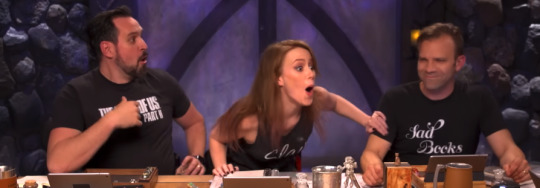

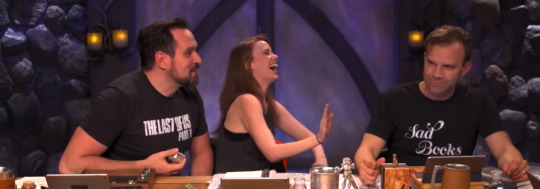

best hype men ever
#1h53m c2e62#sc#critical role#cr2#cr lb#c2 top table#travis willingham#marisha ray#liam o'brien#marisha & liam#personal space
123 notes
·
View notes
Text

To some it looks like a cat's eye. To others, like a giant cosmic conch shell. This is actually one of the brightest and most highly detailed planetary nebula known- the Cats Eye Nebula. It is composed of gas expelled in the brief yet glorious phase near the end of life of a Sun-like star. This nebula's dying central star may have produced the outer circular concentric shells by shrugging off outer layers in a series of regular convulsions. The formation of the beautiful inner structures, however, is not well understood. The featured image is a composite of a digitally sharpened Hubble Space Telescope image with X-ray light captured by the orbiting Chandra Observatory. The exquisite nebula spans over half a light-year across. Of course, by gazing into this Cat's Eye, humanity may well be seeing the fate of our sun, destined to enter its own planetary nebula phase of evolution ... in about 5 billion years.
Image Credit & Copyright: NASA Hubble, Chandra
Processing Copyright: Rudy Pohl
#astronomy#space#science#universe#nebula#cats eye#cats eye nebula#Hubble#X-ray#Chandra telescope#bright#light year#planetary nebula#sun#explode#supernova#follow#like#reblog#the first star#the first starr#thefirststar#thefirststarr#nasa#apod#tumblr#blog#space blog
174 notes
·
View notes
Text




#2014 grunge#2014 tumblr#grunge#lana del ray aesthetic#dark grunge#lana del ray aka lizzy grant#dark core#dreamcore#grunge aesthetic#grunge archive#girlblogging#grungy aesthetic#manic pixie dream girl#grunge moodboard#lana del rey#ldr blog#soft grunge#liminal spaces
531 notes
·
View notes
Text

NGC 2264 Aka 'Christmas Tree Cluster'
Courtesy: NASA
#art#cosmos#cosmic#universe#blast#space#photography#stars#nasa#christmas tree#cluster#merry christmas#surreal#green#cone nebula#nebula#monoceros#x-ray#NGC 2264
224 notes
·
View notes